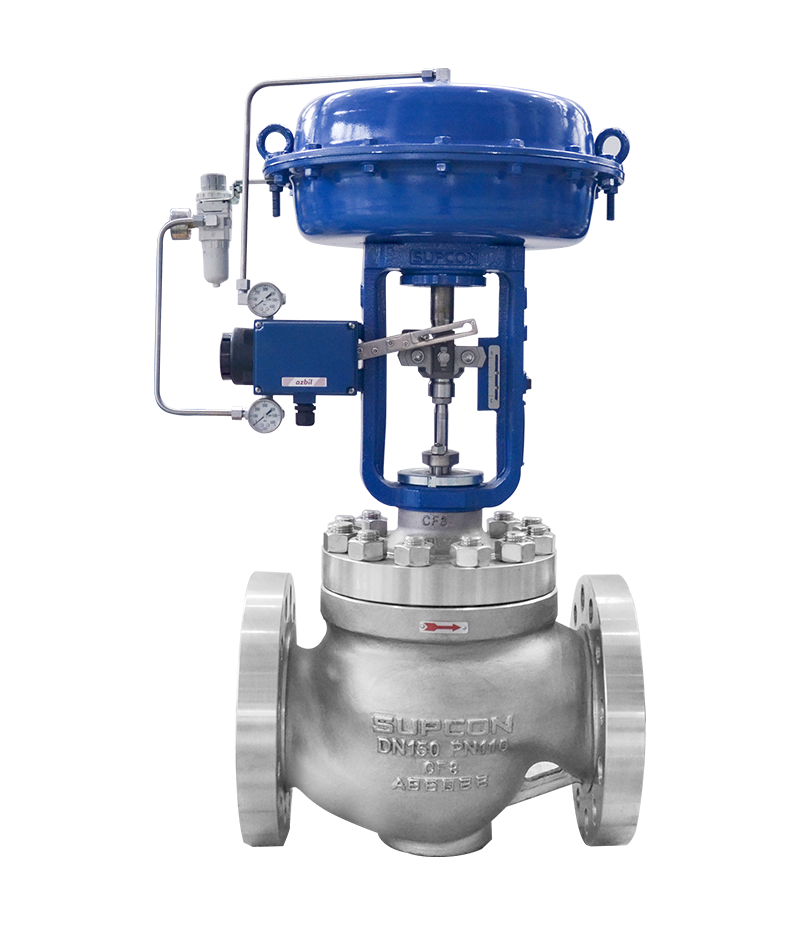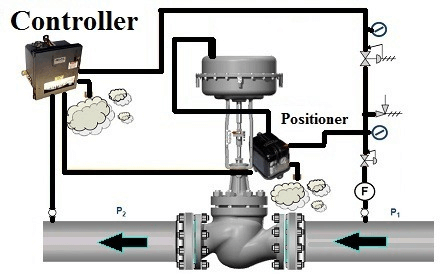Choosing the Right Control Valves: An Overview to Optimal System Efficiency
Choosing the Right Control Valves: An Overview to Optimal System Efficiency
Blog Article
Enhance Efficiency With Top-Quality Building Automation Controls Including Controllers
In the realm of modern building monitoring, the execution of excellent building automation controls, including innovative controllers, has actually become a critical aspect in optimizing and enhancing operations effectiveness. As buildings proceed to progress right into smarter, much more interconnected entities, the function of automation controls and controllers has actually never been extra crucial.
Benefits of Building Automation Controls
When executed properly, constructing automation controls provide a myriad of advantages to improve functional effectiveness and enhance resource application. One of the main benefits is the capacity to regulate and keep track of numerous building systems such as HVAC, lights, protection, and more from a central system. This central control permits better coordination and synchronization of various systems, resulting in boosted energy effectiveness and minimized functional expenses.
Additionally, building automation controls provide real-time information and analytics, allowing facility managers to make educated choices quickly. By having access to comprehensive insights into power intake, tools performance, and owner habits, companies can identify locations for enhancement and apply approaches to enhance general building efficiency.
Additionally, automation controls aid in predictive upkeep by detecting prospective problems prior to they rise into costly troubles. This aggressive technique not only prolongs the lifespan of devices however also decreases downtime, making certain nonstop procedures - control valves. Generally, the benefits of building automation controls contribute in improving procedures, raising efficiency, and creating an extra sustainable and comfy setting for residents
Key Attributes of Controllers
Effective structure automation controls are defined by a series of key functions that enable streamlined monitoring and optimization of different structure systems. Controllers play a critical role in this process by working as the brain of the automation system. One crucial feature of controllers is their ability to accumulate data from sensing units distributed throughout the building. This information is then used to make real-time changes to home heating, air flow, a/c, lighting, and other systems to ensure optimum performance and power performance.
Additionally, controllers provide the flexibility of programs schedules for different building systems based on tenancy patterns, assisting to reduce power wastage throughout off-peak hours. Furthermore, the remote ease of access attribute of controllers enables center supervisors to keep an eye on and regulate developing systems from anywhere, boosting comfort and responsiveness.
Furthermore, progressed controllers frequently come equipped with predictive upkeep abilities, making it possible for aggressive recognition of prospective problems prior to they intensify, consequently reducing downtime and upkeep prices (control valves). Overall, the crucial features of controllers contribute in enhancing building operations, boosting comfort, and making best use of power cost savings
Assimilation With Iot Modern Technology
Building automation controls, especially controllers with their sophisticated functions, effortlessly incorporate with IoT modern technology to reinvent building monitoring processes. IoT technology makes it possible for these controllers to gather and assess data from numerous structure systems in real-time, using unmatched insights into power usage, system performance, and occupant behavior. By leveraging IoT connectivity, building automation controls can maximize energy effectiveness, improve passenger comfort, and guarantee aggressive pop over to this web-site upkeep.
The integration of building automation regulates with IoT innovation enables centralized monitoring and control of varied structure systems from another location. This connectivity enables building managers to readjust setups, schedule procedures, and get informs on their mobile phones or computer systems, boosting operational performance and lowering upkeep costs. IoT assimilation facilitates data-driven decision-making by supplying workable knowledge based on patterns and patterns recognized through continuous surveillance.
Energy Performance Solutions

Building automation controls, consisting of energy monitoring systems site web and programmable controllers, are important components of energy efficiency solutions. These systems allow real-time surveillance of power usage, recognition of ineffectiveness, and application of computerized changes to maximize power performance (control valves). By integrating building automation manages with energy-efficient equipment and technologies, centers can enhance operational performance, enhance owner comfort, and add to a greener setting

Enhancing Structure Security
With a concentrate on enhancing operational facets past energy effectiveness services, the following crucial element to address in building management is the enhancement of safety and security procedures. Structure automation controls play a crucial role in bolstering security by integrating numerous systems such as accessibility control, security electronic cameras, and invasion detection. These controls not just simplify safety operations however likewise give real-time monitoring and notifies, allowing punctual actions to possible hazards.
Final Thought
In verdict, developing automation controls, especially controllers, provide various advantages such as enhanced performance, assimilation with IoT technology, power performance solutions, and boosted safety and security actions. By utilizing high-quality structure automation controls, structures can run better and sustainably, causing cost financial savings and enhanced general performance. Spending in these advanced modern technologies can dramatically boost the operational efficiency of structures and add to a much more lasting future.
In the world of modern-day building administration, the implementation of top-quality building automation controls, including innovative controllers, has actually become a crucial aspect in simplifying procedures and optimizing effectiveness.Reliable building automation controls are defined by a range of vital functions that allow systematized management and optimization of different structure systems.Structure automation controls, particularly controllers with their sophisticated attributes, flawlessly integrate with IoT technology to revolutionize building administration processes.The assimilation of building automation controls with IoT technology permits for central tracking and control of diverse structure systems This Site remotely. By using top-quality building automation controls, structures can run more effectively and sustainably, leading to cost financial savings and boosted overall performance.
Report this page